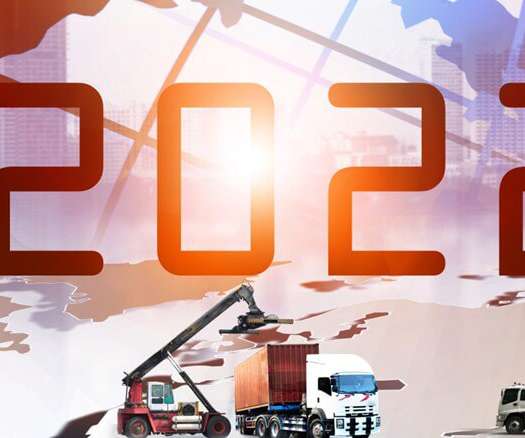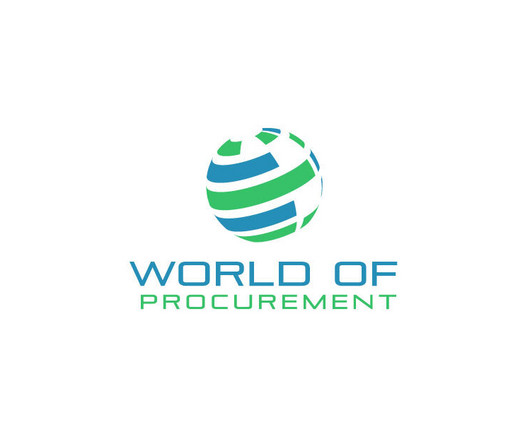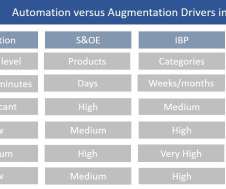2022 Logistics and Supply Chain Management Trends
EazyStock
JANUARY 17, 2022
The past few years have seen unprecedented supply chain challenges largely stemming from COVID-19 disruptions. Consequently, companies are becoming more focused on anticipating, reacting to, and planning for the unexpected through their supply chain strategies. Supply Chain Digitalization.











Let's personalize your content